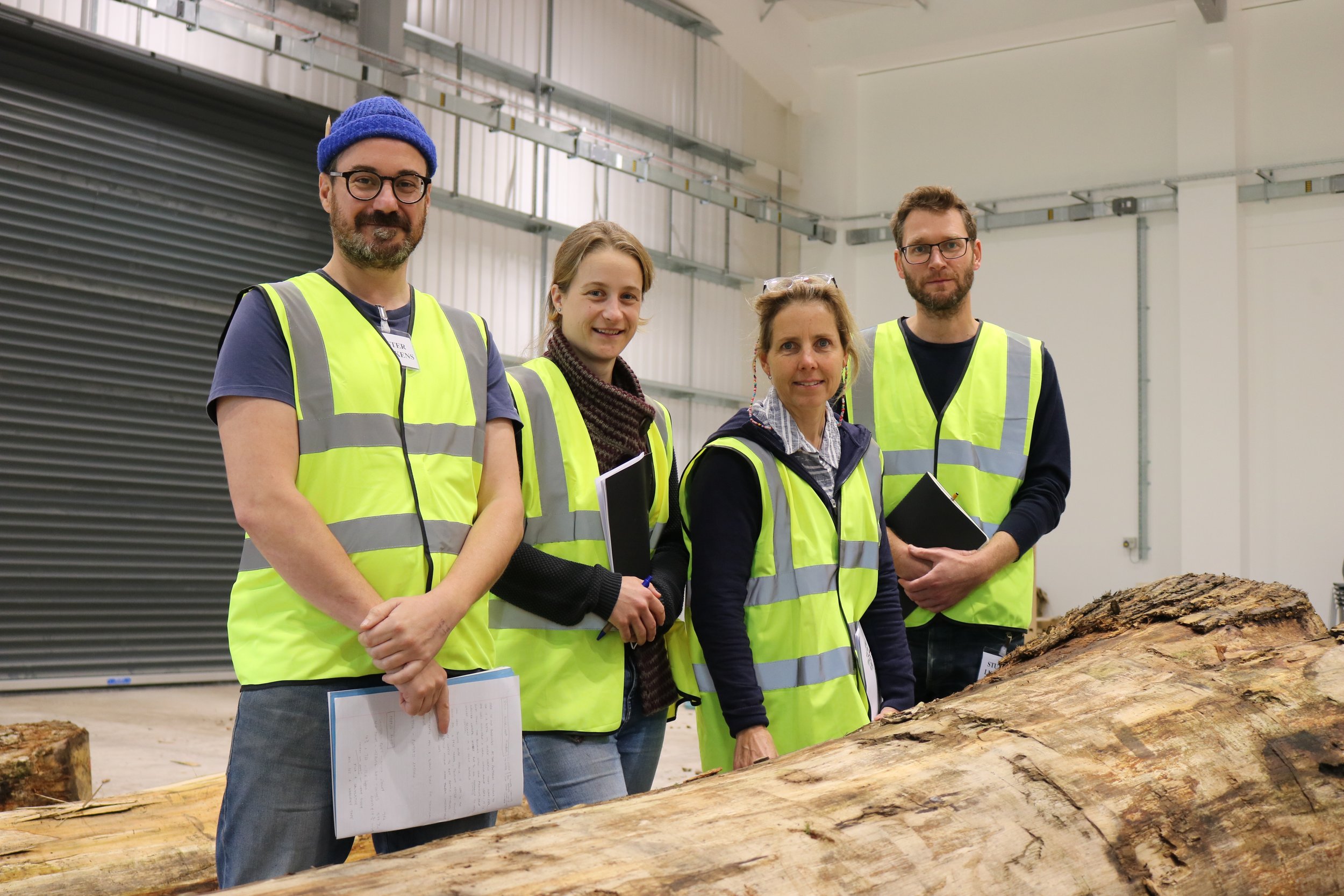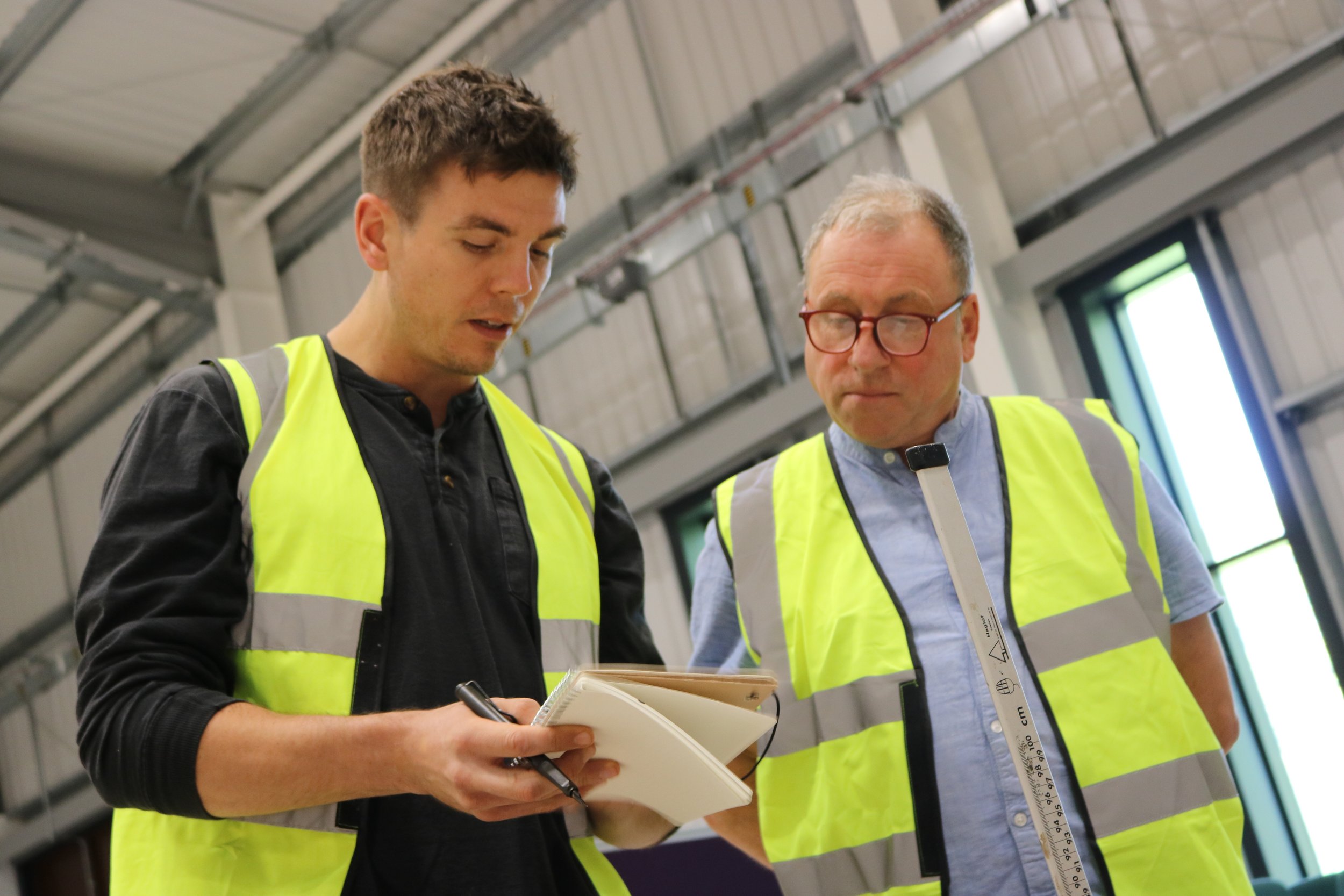Linking Tree Growers with Wood Users
The Woodland to Workshop course broadens horizons and raises awareness by educating participants from the forest through to the workshop and beyond. This ground-breaking course is supported by knowledgeable practitioners and eminent speakers from the timber industry. Based in the woodland, timber yard, sawmill and joinery workshop for two days, with a third spent at the Duchy of Cornwall’s woodlands nearby.
These innovative courses often have a waiting list to attend as numbers are restricted to enable a ‘hands on’ and highly interactive approach, ensuring a learning opportunity of enduring quality that has been enjoyed by hundreds of passionate people over the years.
Course information
Location: NMITE facility Hereford, Whitney Sawmills, Duchy of Cornwall Woodlands, Herefordshire
Dates: Tuesday 24 to Thursday 26 September 2024
Apply below to register your interest now as courses routinely sell out.Dates for 2025 and 2026 to be confirmed. You can register your interest in attending these courses using the form below.
Cost: £600 per person. There is a bursary scheme. Please find details on our Grants page
CPD: In agreement with the Institute of Chartered Foresters members of the Institute can claim up to a maximum of 24 hours CPD for attendance and participation in this event.
What’s not included? Accommodation, food and transport.
Get your place!
Applications are welcomed year-round, please complete the form below to register your interest.
If places are available, you will be contacted with booking information. If places are not available, you will be placed on the waiting list to be contacted for future dates or in case of cancellations.
Please note that the full course fee is due on booking. If you would like to be considered for grant funding, please let us know on the form below and you will be contacted when funding is allocated.
Your course pack and tutors will help you learn more about:
Tree species selection
Planting designs in relation to tree competition and the landscape
Vegetation control, pruning and cleaning, thinning
Protection from grey squirrels and deer
The recognition of potentially valuable stems of oak
Distinguishing between normal drying splits and shakes
Minimising damage caused by beetles
Practice at identifying various kinds of damage and undesirable features of logs, including woodpecker damage, spiral grain and blue stain fungi and wide sapwood
Likely markets for unusual logs including curved stems, “pippy” oak, and ripplegrained sycamore
The merits of a portable band saw
Practice at measuring and calculating timber volumes both in the forest and the sawmill. The importance of accuracy and reliability. The losses incurred when converting a log to planks were also discussed
Air drying
Filmed in 2015, the below video can help you to get a feel for the course, why it began and why it remains so relevant today.





